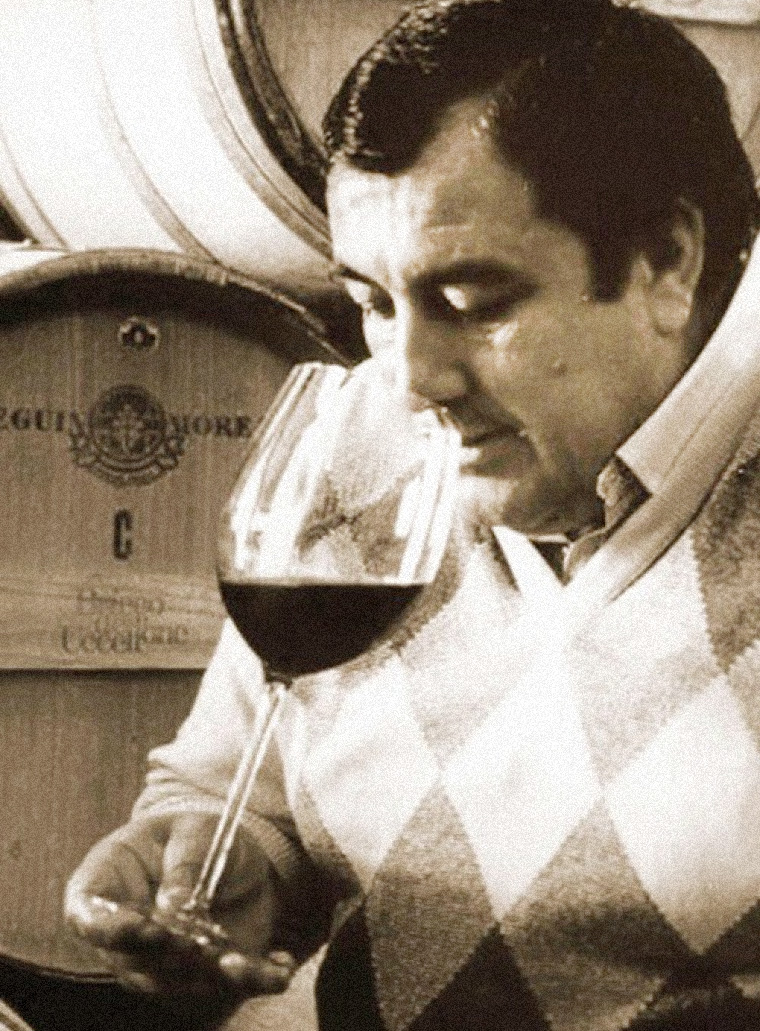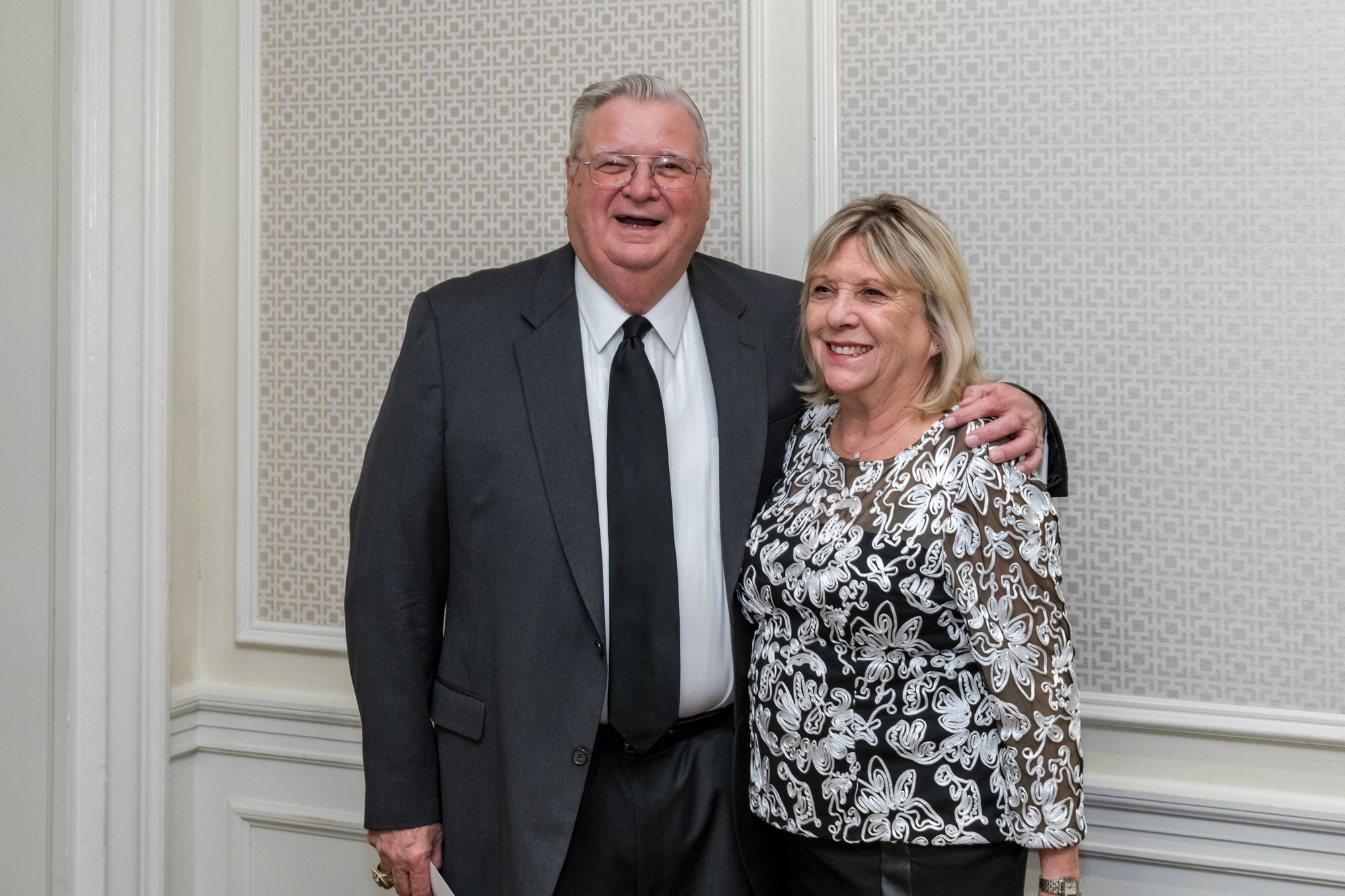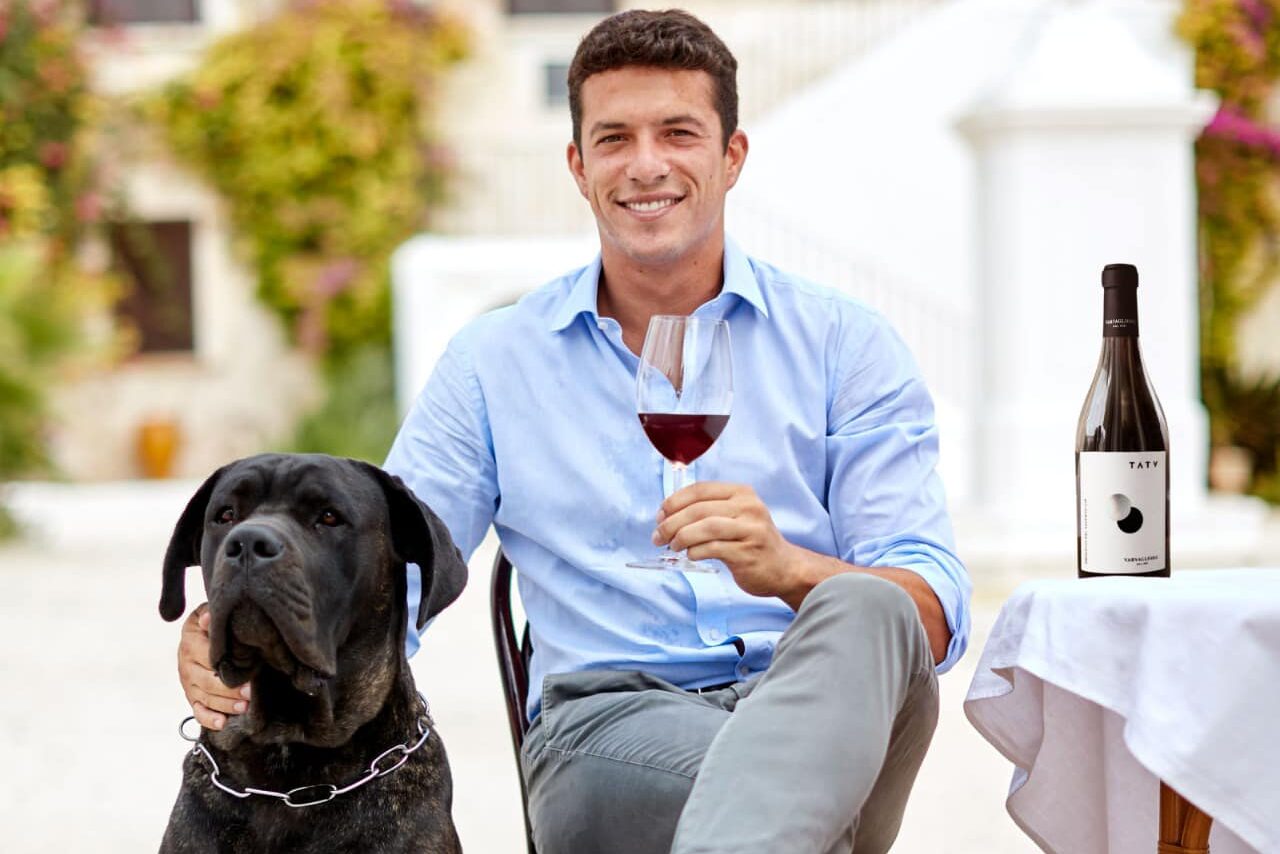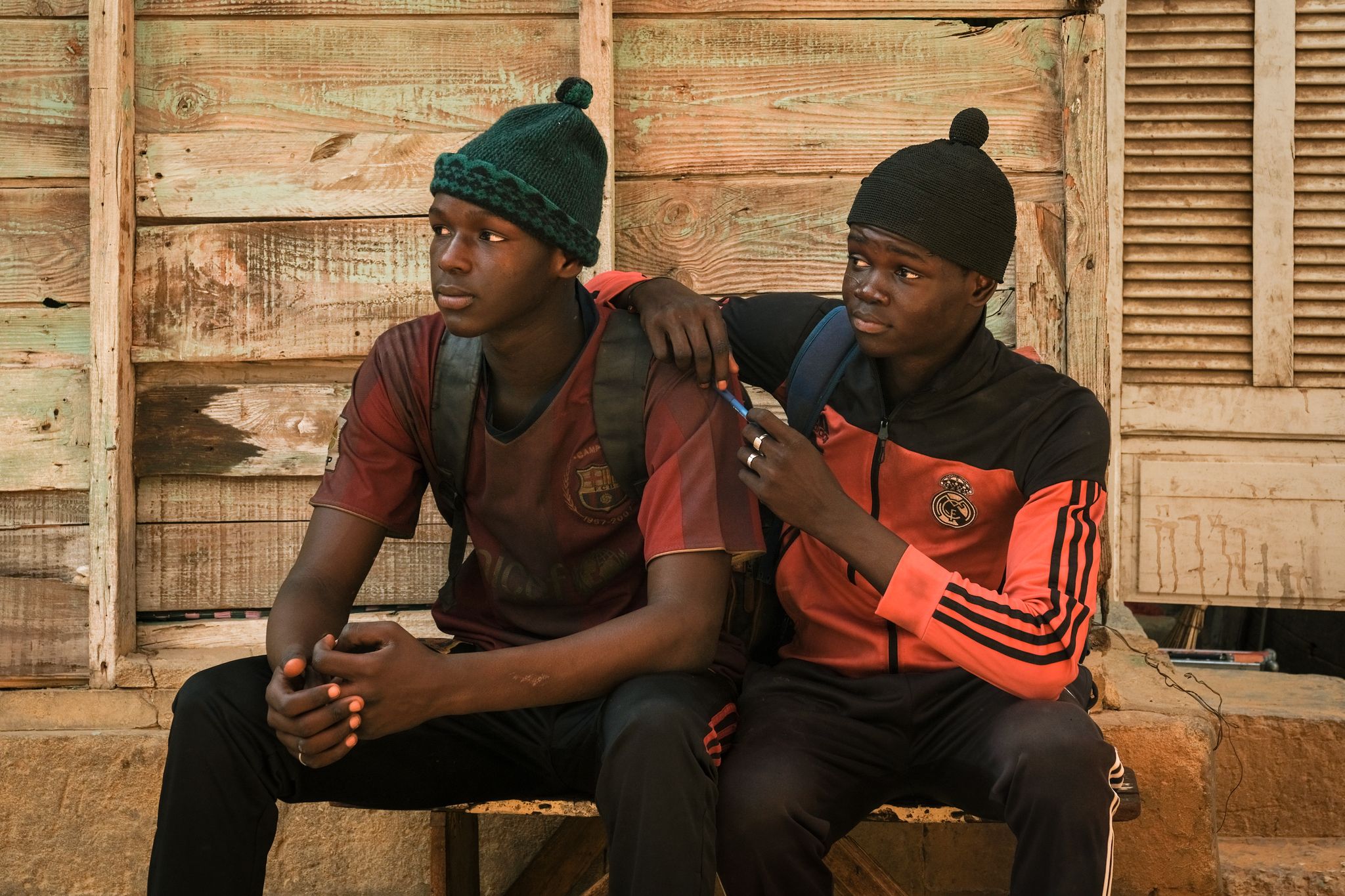If you ever looked for some information about La Barbera wine on the internet, the first association you may have found regards the Piedmont region and the Monferrato hills. Indeed, the story behind La Barbera goes back to the thirteenth century, as some documents from the cathedral of Casale Monferrato, dating 1246-1277, report, giving details about the leasing agreements of vineyard lands planted with “de bonis vitibus barbexinis” or Barbera. Since then, La Barbera has become the everyday wine of Piemontese people who, at the beginning, used to drink it with salumi, cheese, and pasta.
The research about La Barbera in Italy will also probably led you to another name in the history of this red wine: Giacomo Bologna, from the province of Asti, was one of the first winemakers to age his finest examples of La Barbera d’Asti in barrique rather than the large barrels, how it had been done for decades.
Tracing the history of Giacomo and his business, he acquired “Braida” and inherited both vineyards and nickname from his father: starting in 1961, Braida has represented the philosophy of Giacomoand Anna, as well as their way to live life, to care for the land, to drink wine, and to cultivate friendship. After them, Raffaella and Giuseppe, their daughter and son, represent the third “Braida” generation, while they kept the dream to take the Barbera grape to the next level, towards a sort of noble status.
Going back to Giacomo’s innovative activity, he was the one who tried to harvest the Barbera grapes later than usual, which resulted not only in extra natural sugar, but also in less acidity: while Barbera is known, compared to other red wines, for having a natural high acidity, Giacomo thought that, with this new process, the wine would have still maintained enough acidity to yield a balanced product. He was the only one able to convince winemakers and experts that producing big quantities of wine would have affected local farmers’ activity.

Giacomo Bologna
The first product he put on market and turned into a big success was the famous Bricco dell’Uccellone, from the 1982 vintage. Its grapes had been grown in a hillside vineyard with the perfect southern exposure, whereas the wine itself was aged for more than 16 months in the French barriques, a very unusual technique at that age. That wine was first launched and tasted at the VinItaly Wine Fairfair in 1984 and has been considered the turning point of La Barbera wine’s history. Bricco dell’Uccellone is considered the flagship wine of the company and is today one of the world’s leading Italian wines.
Following the Bricco dell’Uccellone, there were the Bricco della Bigotta, whose first bottling was from the 1985 vintage, followed by Ai Suma, released in 1990, soon after Giacomo Bologna’s death. Made from late-harvested grapes, the third type came with some licorice and marmalade taste. The name, meaning “We’ve done it” in local dialect, wanted to remind Giacomo’s quest for perfection.
The Barbera production has been always considered as a family-run business, where the added values come from exceptional employees and selected commercial partners, all driven by passion. Giuseppe, Giacomo’s son, is today responsible for viticulture and productional operations and, since 1990, after his father’s dad, he has been committed to improve the production and to increase vineyards properties. Raffaella, instead, is responsible of the commercial part of the winery and is the one keeping her mother Anna’s ideas alive, recalling her commitment and strength.
Raffaella Bologna attended a special event at Golosaria in Milan a few weeks ago, where she was asked to talk about her father, considered still today “Il Re del Mosto”, the King of the Must. As narrated by the Italian Newspaper “Il Corriere della Sera”, it was in 1961 when Giacomo proved everybody that wine was for him more than a potential business: it was love, passion, and commitment. So here comes the anecdote of a restaurant owner who refused to pay a bigger amount of money for the wine Giacomo was selling as house wine, without any label or brand. That’s when Giacomo decided to have his wine in bottles for the first time and he came up with a very special label and quote: “Wine changes its soul in those people who drink and honour it”. The Monella wine was born, representing Giacomo’s love for jazz music and his belief that wine always brings some music with itself.
Giacomo was the one who, for the first time, used the barrique for the Barbera changing the taste of one of the most popular Italian wines worldwide. According to Raffaella, nowadays it is very hard to keep up with her father’s excellence and innovation. But, together with her brother, she has found a new style, which is far from the ‘80s and is somehow modern, but without giving up the support to have chemical-free lands. “We are – she said – proactive conservatives”.
(Quote from Corriere della Sera at http://divini.corriere.it/ 2015/11/20/la-barbera-di-giacomo-che-beffo-un-cardinale/)






























